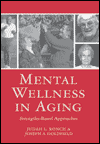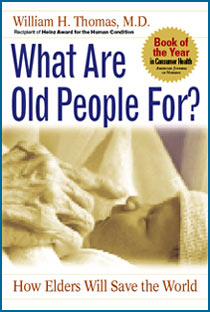![]()
Search
Recent Posts
- ChangingAging.org Redesign -- Please Bookmark!
- Disaster in Buffalo
- Power Up Friday
- Blanchard WinsDays
- Kevin Frick writes...
- Monkhouse Monday
- Getting Closer!
- Blanchard WinsDays
- Power Up Friday
- My Pick for Health and Human Services
- Understanding Health Care Reform
- Facts Are Stubborn Things: Social Security Edition
- Monkhouse Monday
- Localism is Coming
- Krugman Can't Wait...
Recent Comments
Category Archives
- AGING 100
- Aging
- Culture
- Dementia
- Eden Alternative
- Erickson School
- Green House
- Health Policy
- Longevity
- Media
- Rockets
Monthly Archives
- February 2009
- January 2009
- December 2008
- November 2008
- October 2008
- September 2008
- August 2008
- July 2008
- June 2008
- May 2008
- April 2008
- March 2008
- February 2008
- January 2008
- December 2007
- November 2007
- October 2007
- September 2007
- August 2007
 Subscribe to this blog's feed
Subscribe to this blog's feed
Announcements

Blog Data
« Gribbin on McCain | Main | Social "Disgrace" Security Backlash »
July 11, 2008 |Permalink |Comments (0)
Power-Up Friday: Rekindling the Spark of Life
As promised, more on social capital and dementia:
Did everyone see the NY Times on 6/24? More and more people are recognizing the dangers of using antipsychotic medications in dementia.
In my last installment, I discussed how increased social capital leads to many improvements in quality of life and health outcomes, and that increased social integration may even slow memory loss.
We also saw the remarkable results that can occur with interactions that validate the person with dementia and facilitate his engagement with the world (see Jane Verity and Hilary Lee's video posted on Monkhouse Mondays 5/6/08). There is an important message here:
I believe that there are two major morbidities in dementia. The first is the well-recognized progressive damage to the brain cells that occurs as a result of the disease process. This is, as far as we know, irreversible, (though recent studies showing new nerve pathways in stroke patients may give us hope for future therapies).
But there is a second morbidity. This is the excess disability that is caused by our clinical approach to people with dementia. This arises from the defeatist view of the disease that causes us to socially isolate people with dementia, strip them of all autonomy, take a "declinist" attitude toward their future capabilities and resort to giving sedating medication. We often rationalize the latter as reducing suffering in what we view as terminal disease.
However, by creating transformed care environments that re-engage people with dementia and using skilled care partners to bring forth the capabilities they still possess - coupled with removal of those medications - we can effectively reverse their disease, bringing them to levels of function and engagement that they have not enjoyed in many months.
Cecil, who is seen speaking, singing and joking in the Spark of Life video, had not spoken for over a year before being involved in this program. His brain anatomy may not have changed, but one would have to conclude that his dementia had effectively been reversed, by removing these excess disabilities.
Make no mistake about it, these are truly life-saving interventions. While we struggle to find a cure for dementia, we must not overlook the very real transformation of people's lives that we can accomplish for millions of people today!
-- Al Power. MD, FACP
Eden Mentor
St. John's Home
Rochester, NY














